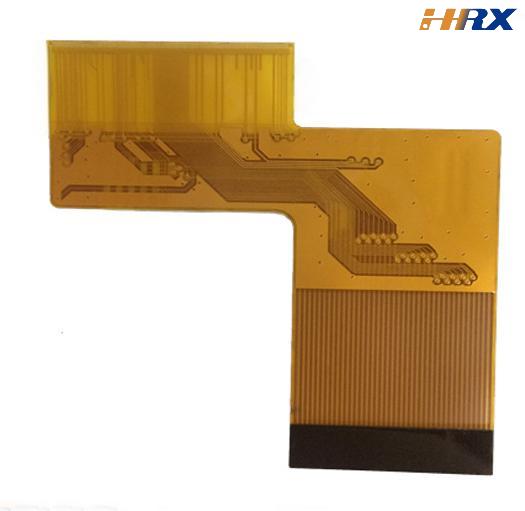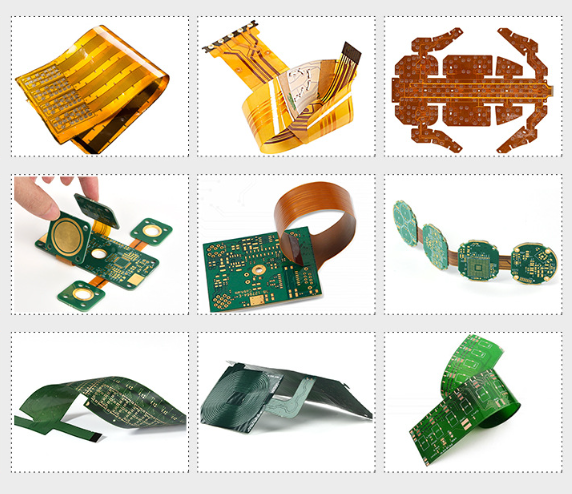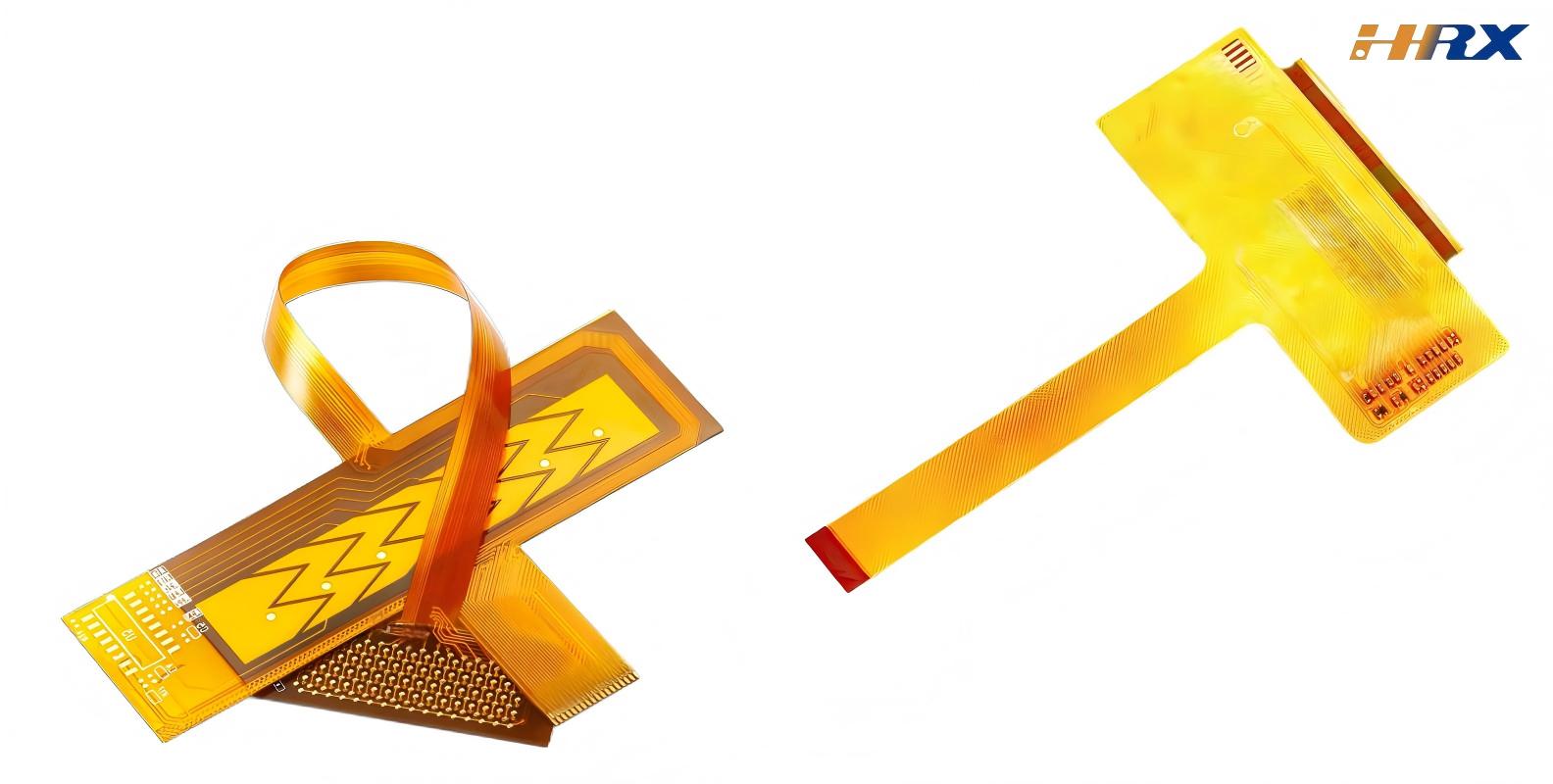Search
Key Factors Affecting Resistance in FPC Flexible Board Impedance Control Circuits
- May 08,2025
-
Share
In the dynamic landscape of contemporary electronics, Flexible Printed Circuits (FPCs) have emerged as a linchpin in modern device design, thanks to their inherent flexibility, compact form factor, and high - density interconnectivity. Among the critical engineering challenges in FPC development, impedance control stands as a cornerstone, particularly in high - speed data transmission systems where maintaining signal integrity is non - negotiable. Mastery of the factors influencing resistance in FPC impedance control circuits is essential for achieving optimal performance and ensuring reliable operation across a diverse range of applications.

1. Conductor Material and Thickness
The selection of conductor material is a pivotal determinant of resistance in FPC impedance control lines. Copper, renowned for its superior electrical conductivity, cost - effectiveness, and excellent solderability, remains the material of choice for most FPC applications. However, the purity and alloy composition of copper can significantly impact its electrical performance. Oxygen - free high - conductivity (OFHC) copper, for example, typically exhibits lower resistivity compared to copper with higher oxygen content, making it a preferred option for applications demanding ultra - low resistance.
The thickness of the conductor layer also plays a critical role in impedance control. In accordance with Ohm's law, resistance is inversely proportional to the cross - sectional area of the conductor. Thicker copper layers, such as the commonly used 35μm or 70μm options, offer a larger cross - sectional area, thereby reducing resistance. In high - current applications, where minimizing power loss is crucial, selecting an appropriate conductor thickness is essential to ensure both electrical performance and thermal management.
2. Dielectric Material Properties
The dielectric material interspersed between conductor layers in an FPC exerts a profound influence on impedance characteristics. Key parameters such as the dielectric constant (Dk) and dissipation factor (Df) are critical determinants of signal integrity. A higher Dk value increases the capacitance per unit length of the transmission line, which in turn affects the characteristic impedance of the FPC. For high - frequency applications, materials with low Dk and Df values, such as liquid crystal polymers (LCPs) and fluoropolymers, are often preferred to minimize signal attenuation and maintain consistent impedance control.
The thickness and uniformity of the dielectric layer are equally important. Any variation in dielectric thickness along the length of the FPC can lead to impedance mismatches, causing signal reflections and degradation. Advanced manufacturing techniques, such as laser - controlled lamination and precise coating processes, are employed to ensure a uniform dielectric layer and achieve tight impedance tolerances.
3. Trace Geometry: Width, Spacing, and Length
The geometric dimensions of impedance - controlled traces are fundamental design considerations in FPC engineering. Trace width directly impacts resistance, with wider traces offering lower resistance but occupying more board space.
Achieving the optimal trace width requires a delicate balance between impedance requirements, current - carrying capacity, and available layout area. Similarly, trace spacing affects the coupling capacitance and mutual inductance between adjacent traces, which in turn influences differential impedance and crosstalk performance. In high - density FPC designs, careful consideration of trace spacing is essential to prevent signal interference and ensure reliable operation.
The length of the transmission line also plays a role in impedance control, particularly in high - speed applications. Longer traces are more susceptible to signal attenuation and phase distortion, necessitating the use of impedance - matching techniques such as stubs and terminations to maintain signal integrity.
4. Manufacturing Process Variations
The FPC manufacturing process introduces a multitude of variables that can impact impedance control. Processes such as electroplating, etching, and lamination are prone to variations in conductor thickness, trace geometry, and dielectric layer uniformity. For example, uneven electroplating can result in local variations in copper thickness, leading to inconsistent impedance values along the trace. To mitigate these risks, advanced manufacturing technologies, such as direct imaging and laser ablation, are increasingly being adopted to achieve higher precision and repeatability in FPC production.

Shenzhen Huaruixin Electronics Co., Ltd.: A Trusted Partner for High - Quality FPCs
In the highly competitive global market for FPCs, PCBs, and Rigid - Flex Printed Boards, Shenzhen Huaruixin Electronics Co., Ltd. has established itself as a leading ODM/OEM manufacturer. With a proven track record in professional design, development, and large - scale production, the company is well - positioned to meet the most demanding impedance control requirements in FPC manufacturing.
Huaruixin's team of experienced engineers possesses in - depth expertise in impedance control theory and practice. Leveraging state - of - the - art design tools and simulation software, they are able to optimize FPC designs for maximum performance, taking into account all critical factors influencing impedance. From material selection to trace routing, every aspect of the design process is carefully scrutinized to ensure that the final product meets the highest standards of quality and reliability.
The company's advanced manufacturing facilities are equipped with the latest production equipment and adhere to strict quality control procedures. By implementing rigorous process control and inspection protocols at every stage of production, Huaruixin is able to minimize manufacturing - induced variations and achieve tight impedance tolerances. This commitment to quality has earned the company a reputation for delivering high - performance FPCs that meet the exacting requirements of customers worldwide.
In conclusion, impedance control is a complex yet critical aspect of FPC design and manufacturing. By understanding the key factors influencing resistance in impedance control circuits and partnering with a trusted manufacturer like Shenzhen Huaruixin Electronics Co., Ltd., businesses can ensure the delivery of high - quality FPCs that meet their specific application requirements.
We invite both new and existing clients to explore our comprehensive range of FPC solutions. For more information, please visit our website at www.hrxfpc.com or contact our sales team at sales@hrxfpc.com. Let's collaborate to drive innovation in the field of flexible printed circuit technology.

Let’s talk! We’ll provide the perfect solution for you!
-
 Huaruixin Electronics mainly produces printed circuit boards as the core business, to provide customers with one-stop solutions for FPC/PCB production, components sourcing and Assembly.
Huaruixin Electronics mainly produces printed circuit boards as the core business, to provide customers with one-stop solutions for FPC/PCB production, components sourcing and Assembly. - WHAT WE DO — PCB Design Solutions — Flex PCB Production — Components Sourcing — FPC&PCB Assembly
- PRODUCTS — Single Sided Flexible Circuits — Double Sided Flexible Circuits — Multilayer Flexible Cirucits — Rigid-Flex Circuits — FPC Assembly — PCB Assembly
- CAPABILITY — FPC Capability — Rigid-Flex Capability — PCB Capability — Assembly Capability
- Copyright © 2024 Shenzhen Huaruixin Electronics Co., Ltd. All Rights Reserved.
- Design By BONTOP


